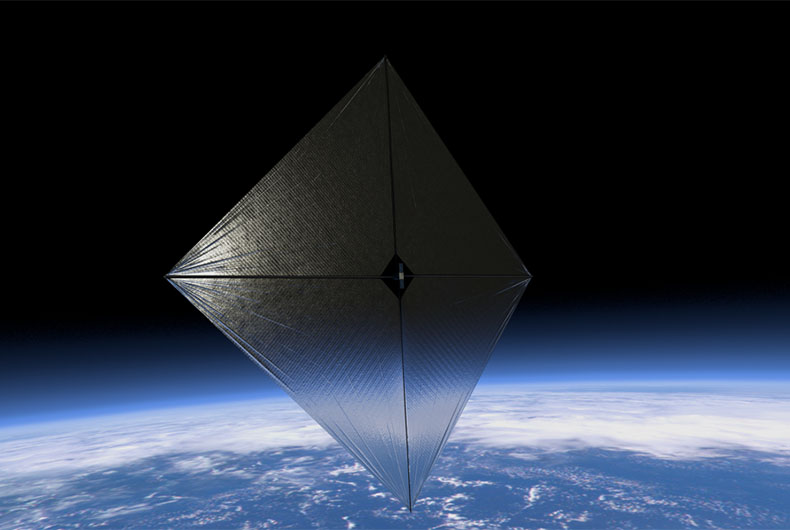The solar sail concept, called ‘Diffractive lightsails’, works like a sailboat using wind to cross the ocean
Washington: US space agency NASA is planning to invest about $2 million over two years to develop a new solar sail concept that could propel a mission to the Sun.
The solar sail concept, called ‘Diffractive lightsails’, works like a sailboat using wind to cross the ocean. The solar sails use the pressure exerted by sunlight to propel a craft through space.
Existing reflective solar sail designs are typically very large and very thin, and they are limited by the direction of the sunlight, forcing tradeoffs between power and navigation.
About the project
Diffractive lightsails would use small gratings embedded in thin films to take advantage of a property of light called diffraction, which causes light to spread out when it passes through a narrow opening. This would allow the spacecraft to make more efficient use of sunlight without sacrificing manoeuvrability.
“Exploring the universe means we need new instruments, new ideas, and new ways of going places,” said Jim Reuter, associate administrator for NASA’s Space Technology Mission Directorate (STMD) at NASA Headquarters in Washington, in a statement.
“Our goal is to invest in those technologies throughout their lifecycle to support a robust ecosystem of innovation,” he added.
The Diffractive Solar Sailing project was selected for Phase III study under the NASA Innovative Advanced Concepts (NIAC) programme.
Diffractive light sailing would extend solar sail capability beyond what’s possible with missions in development today.
“Diffractive solar sailing is a modern take on the decades old vision of lightsails. While this technology can improve a multitude of mission architectures, it is poised to highly impact the heliophysics community’s need for unique solar observation capabilities,” said project leader Amber Dubill from the Johns Hopkins University Applied Physics Laboratory.
“With our team’s combined expertise in optics, aerospace, traditional solar sailing, and metamaterials, we hope to allow scientists to see the Sun as never before.”






0 Comments